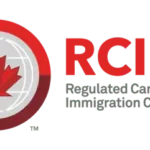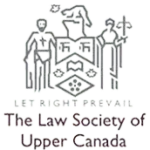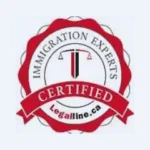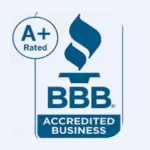A person who is seeking to be recognised as a Convention refugee under the Geneva Convention 1951.
A document that non-EEA nationals must have in order to be allowed to work in Ireland.
There are nine types of employment permit including General Employment Permit and Critical Skills Employment Permit. If you hold an employment permit, you will have a residence Stamp 1 endorsed on your passport.
An Irish Residence Permit (IRP) card is a certificate of registration that is issued to all legally resident non-EEA nationals who stay in Ireland for more than three months. Possession of an IRP card verifies that the person has registered with their local immigration registration officer. It allows the card holder to travel freely from and return to the state.
The IRP card is a credit-card sized document. It includes the person’s photo, date of birth, the number of the relevant residence stamp (see below) and registration number. There is a €300 fee for the card but there may be exceptions to this.
The type of certificate of registration issued to a non-EEA national family member of an EU citizen who has lived in the State for five years. The card will record the fact that the family member’s permission to remain is residence stamp no. Stamp 4 EU-FAM. Even if the holder is a visa-required national, they will not need a re-entry visa when returning to Ireland after a stay abroad. Application form EU 3 is used to apply for a permanent residence card and there is no charge for this card.
A letter issued to an EU citizen who has lived in Ireland for five years or more. Application form EU 2 is used apply for this certificate and there is no charge or this certificate.
A visa that allows a visa-required national to come to Ireland for more than 90 days (three months). The holder must register with the relevant immigration registration officer.
A person who needs a visa if travelling to Ireland. The states whose nationals do not require a visa are listed in Schedule 1 of the current Visas Order. The list of states can change at any time and a new Order is issued in this case. EEA nationals do not require visas. There are about 60 other states listed in the Order, whose nationals do not require a visa.
Written permission from the Minister for Justice to a non-EEA national to allow you to become established and engage in business in Ireland. Business permission usually lasts for one year initially.
A visa-required national will still need a visa as well as the business permission. If you hold a business permission, you will have residence Stamp 1 endorsed on your passport.
An Irish visa is a certificate stating that the foreign national identified in it is permitted by the Government to be present at the frontier of the State for the purpose of seeking permission to enter the State. A visa is valid only if affixed to a passport or travel document.
The granting of a visa is only a form of pre-clearance. A visa only permits a person to travel to the State during the validity period of the visa. The visa does not grant permission to enter or reside in the State. This permission is given by the immigration officer at the point of entry, who has the authority to grant or deny such admission. Applicants’ passports should be valid for at least six months after the intended date of departure from Ireland following visits.
A document that non-EEA nationals must have in order to be allowed to work in Ireland.
There are nine types of employment permit including General Employment Permit and Critical Skills Employment Permit. If you hold an employment permit, you will have a residence Stamp 1 endorsed on your passport.
A type of employment permit issued for occupations in the annual salary range from €30,000 to €60,000 and for a very few employments with annual salaries below €30,000. Some occupations are ineligible for employment permits and the employer must show that the relevant vacancy could not be filled from within the EEA or Switzerland. It lasts for two years and is renewable. If you hold a General Employment Permit you will have residence Stamp 1 on your passport.




